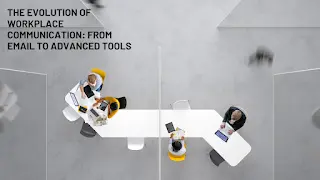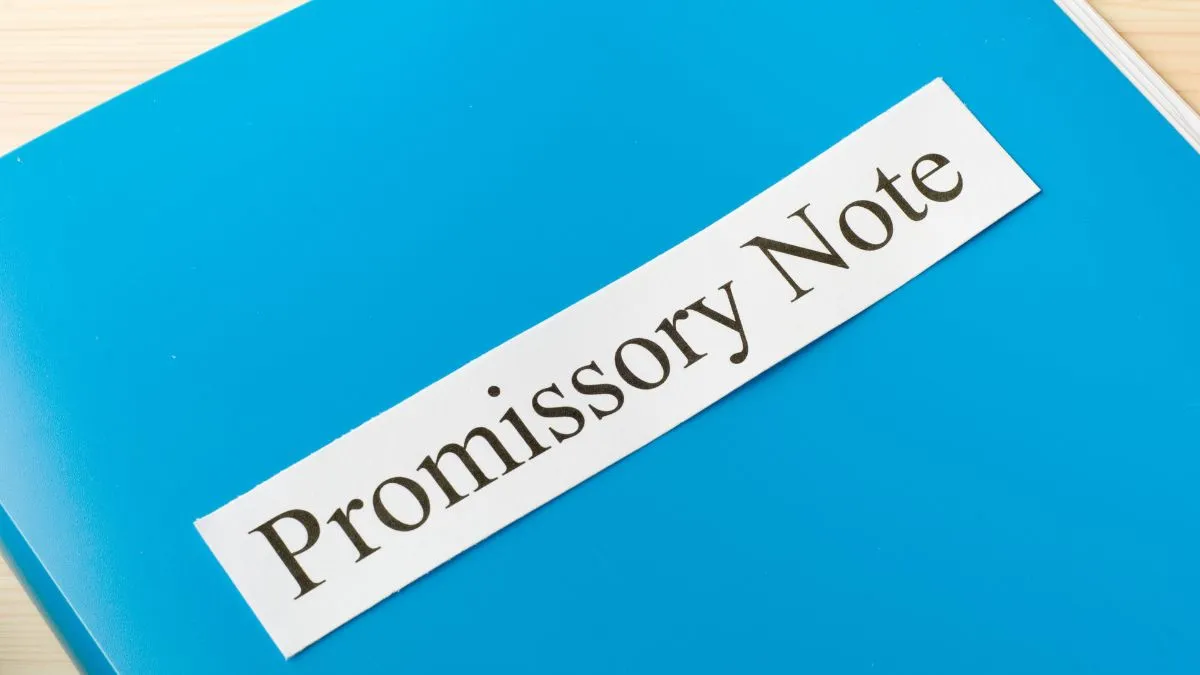Workplace communication has transformed over the past few decades. The dominance of email as the primary mode of communication is now a thing of the past, as advanced tools offering greater efficiency, collaboration, and engagement continue to evolve.

This rapid transition has left many organizations scrambling to keep pace.
The Cornerstone of Communication: Email
For years, email reigned as an irreplaceable form of workplace communication. As of 2021, the number of worldwide email accounts sat at a staggering 4.03 billion, a figure expected to rise to 4.6 billion by 2025 according to statistics from Statista. Employees spend an average of 13 hours per week on email alone, equal to over a quarter of their total work hours.
However, email is far from perfect. Over 90% of cybersecurity incidents started from email attacks, according to Verizon’s data analysis. Email also lacks elements of instantaneous feedback and collaboration offered by newer tools. Despite these growing limitations, the persistence of email is undeniable.
The evolution of workplace communication has undergone a remarkable transformation, transitioning from traditional email communication to advanced tools designed to enhance collaboration. In the contemporary business landscape, enterprise communication tools have become indispensable for real-time interactions, facilitating seamless collaboration among team members, regardless of geographical location.
The Video Conferencing Revolution
If instant messaging signaled the initial shift away from legacy communication tools like email and phone calls, then video conferencing has cemented that revolution.
The pandemic’s impact is best exemplified by dramatic spikes in video conferencing usage, particularly by market leader Zoom. Daily meeting participants on Zoom exploded from 10 million in December 2019 to 300 million by April 2020. Competitor Google Meet saw similar unprecedented growth, jumping from 2 million to over 100 million daily meeting participants during the same period.
These astounding figures underline how video conferencing has permeated the communication fabric of modern workplaces. For remote workers especially, video calls help foster engagement and connectivity otherwise missing in isolated home office settings. Survey results show that over 70% of remote workers feel more connected with their teams through video conferencing.
Of course, video call etiquette still causes plenty of headaches. Muting mishaps, distracting backgrounds, multi-tasking meeting attendees, and bandwidth issues can still hinder productivity. But, video conferencing has proven its worth as an indispensable communication staple here to stay.
Streamlining Teamwork Through Collaboration Tools
Effective communication goes hand-in-hand with keeping projects on track. Collaboration and project management tools have emerged as popular platforms combining these workplace essentials. Applications such as Asana, Trello, and Monday.com enable teams to plan projects, delegate tasks, set timelines, and track progress, all with shared visibility.
These tools exemplify the modern integrated approach towards workplace communication and collaboration. Team members can get project updates and provide feedback in real-time without switching apps. Managers can view task statuses without chasing individual progress reports. Centralizing communication and coordination in one place enhances team productivity.
Can AI and Chatbots Understand Us?
Artificial intelligence now plays an active role in workplace communication through chatbots and virtual assistants. These AI agents can handle frequent queries, process basic HR requests, schedule meetings, and other tasks.
According to a report, AI-driven virtual assistants will reach mainstream adoption within 2 to 5 years. As more organizations integrate their systems with AI. These tools will communicate with employees and customers alike using natural language capabilities.
But, current AI limitations mean chatbots cannot match human judgment for complex communications. Ethical concerns around data privacy, algorithmic bias, and responsible AI also come into play. Nevertheless, AI holds the promise of scalable workplace communication as the technology matures.
Safeguarding Data in the Connected Workplace
Despite the productivity and efficiency gains offered by modern tools, data privacy and security remain concerns. Email and messaging systems house sensitive information exchanged with customers. Confidential business data transmitted via video calls and collaboration platforms also need protection.
Data breaches remain a threat. Encryption, stringent access controls, user authentication, and cybersecurity awareness help mitigate risks. Navigating privacy regulations is also essential for ensuring legal compliance and avoiding fines.
By 2023, organizations lacking data protection could face losses exceeding $200 million from a single data breach incident. This evolution brings greater vulnerability, necessitating investments in safeguards to prevent unauthorized access.
Adapting Tools to Hybrid Work Environments
The pandemic triggered a monumental remote work experiment, with many organizations now adopting flexible hybrid arrangements. Communication platforms saw extensive upgrades over recent years to better cater to this blended workplace landscape.
Video conferencing platforms have closed the gap between remote and in-office employees by adding options to see room participants during calls. Messaging apps integrate seamlessly, whether teams work together in-person or across distances. Project management tools give all team members equal visibility regardless of location.
Despite these advancements, balancing communication expectations across hybrid teams remains challenging. Organizations continue refining hybrid strategies to avoid disconnectedness between remote and on-site employees.
Proper change management and updated communication guidelines help ease the transition. However, the success of hybrid work environments hinges on nurturing an inclusive culture through ongoing dialogue and empathy.
Immersive Meetings and AI Assistants: The Future of Workplace Communication
Workplace communication will only grow richer as emerging technologies mature. The next waves of innovation seem poised to take collaboration to more immersive levels through augmented reality (AR), virtual reality (VR), and AI.
Tech giant Meta recently unveiled its first AR glasses under the codename Project Nazare. These smart glasses overlay digital content onto real-world views during video calls and meetings. Collaborators across the globe could soon interact via holograms or engage with 3D virtual prototypes together.
AI will also expand its role as digital assistants join meetings to provide real-time recommendations and capture notes and action items. They assist in retrieving information mid-discussion and even in synthesizing outcomes.
These futuristic technologies highlight the rapid transformation of workplace communication. Organizations must stay nimble and open-minded about adopting innovations that enhance connection, productivity, and the employee experience as the nature of work evolves.
FAQs
What are the top criteria for evaluating workplace communication platforms?
The key criteria are ease of use, integration with existing tools, mobility, security, analytics/reporting, and cost. Focus on platforms aligning with business goals and team needs while allowing flexible access across devices.
How can companies balance productivity and employee well-being with workplace communication?
Encourage usage guidelines that prevent communication overload through features like quiet hours for notifications. Set expectations around response times to avoid burnout. Foster a speak-up culture for employees to establish boundaries. Collect feedback to gauge work-life balance and iterate policies.
What ethical concerns exist around AI and workplace communication data?
Key issues involve privacy, transparency, bias in algorithms, and responsible AI guardrails. Ensure user consent, data protection safeguards, rigorous testing for bias, and human oversight over AI systems influencing decisions about people. Establish review boards to make ethical determinations on AI usage.
The Future Beckons
Workplace communication continues rapid transformation, pushing organizations to reassess strategies. While email persists alongside rising digital channels, the future points even further beyond traditional domains. Immersive technologies and AI promise to stretch the boundaries of connection and collaboration within the modern workforce.
At the heart of this progress lies the obligation to balance innovation with ethical responsibility as employees trust organizations with their data and interaction spaces.
Maintaining this social contract while adapting communication platforms to evolving worker needs is the foremost challenge for companies as the next era of workplace communication dawns. Will you lead at the forefront of this future?





